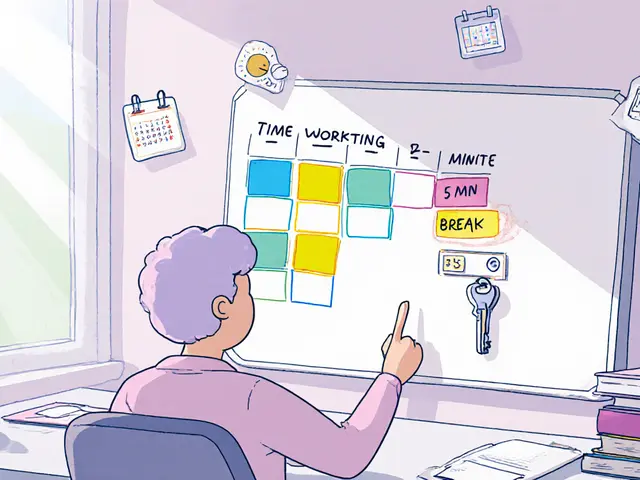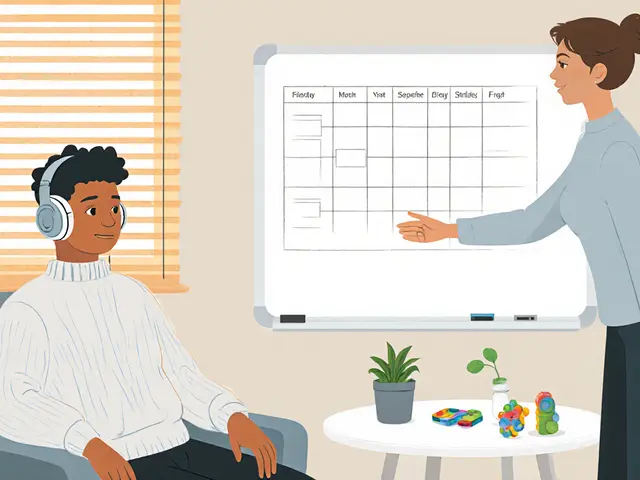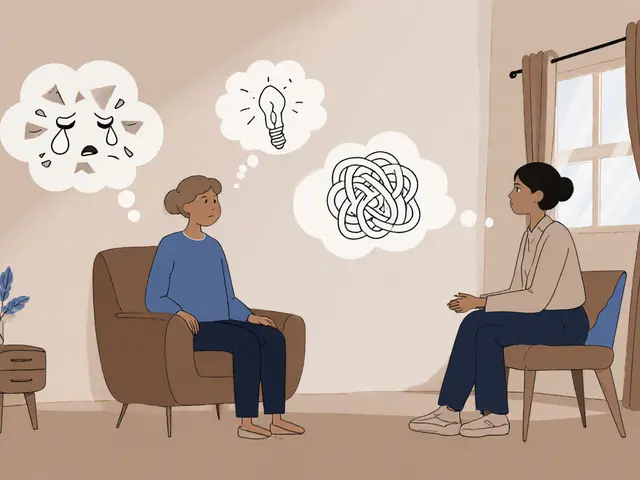Ergonomická židle: Jak vybrat tu správnou pro psychoterapii a každodenní použití
When you sit for hours in a chair that doesn’t support you, your body sends signals you can’t ignore—back pain, stiff shoulders, restless legs. But in psychoterapie, where the quiet space between words matters just as much as the words themselves, an ergonomická židle, křeslo navržené tak, aby podporovalo přirozenou polohu těla během dlouhého sedění. Also known as terapeutické křeslo, it isn’t just about comfort—it’s about creating a physical space where both client and therapist can be fully present. If your chair forces you to hunch or shift constantly, your mind is distracted too. That’s why the best therapists don’t just listen—they design their environment to help you relax, not fight your own body.
It’s not just about the chair itself. Think about the ergonomie, věda o tom, jak přizpůsobit pracovní prostředí lidskému tělu. A good ergonomic chair adjusts to your spine’s natural curve, supports your lower back, and lets your feet rest flat. It’s not a luxury—it’s a tool. Just like a therapist uses a notebook or a timer, they use a chair that doesn’t fight them. And if you’re the client? You deserve a seat that lets you sink into the conversation, not into discomfort. Many people don’t realize that chronic tension from a bad chair can make anxiety worse, or make it harder to open up. Your body holds stress—and if your chair adds to it, you’re not healing, you’re just enduring.
And it’s not just for therapists. If you work from home, study, or sit at a desk most of the day, an ergonomická židle, křeslo navržené tak, aby podporovalo přirozenou polohu těla během dlouhého sedění might be the single best investment you make for your mental and physical health. You don’t need the most expensive one. But you do need one that lets you sit still—without thinking about your back. Look for adjustable armrests, lumbar support you can fine-tune, and a seat depth that doesn’t press into your knees. And avoid chairs that feel like they’re trying to hug you too tight. Real support isn’t about pressure—it’s about balance.
What you’ll find in the posts below aren’t reviews of chairs, but stories about how small changes in your environment—like the chair you sit in—can quietly change how you feel, think, and heal. From therapists who switched chairs and noticed their clients opened up faster, to people who healed chronic pain just by sitting differently, these aren’t just tips. They’re real shifts in how we understand care. You don’t need to fix everything at once. But if you’re sitting in a chair that hurts, you’re already fighting an invisible battle. Let’s make sure your seat is on your side.
Jak si nastavit pracovní prostor pro online terapii: Ergonomie a soukromí
Naučte se nastavit ergonomický a soukromý pracovní prostor pro online terapii. Zjistěte, jak vybrat židli, monitor a kameru, aby vás nebolelo a klienti necítili riziko. Praktické rady pro terapeuty v ČR.
Zobrazit více




